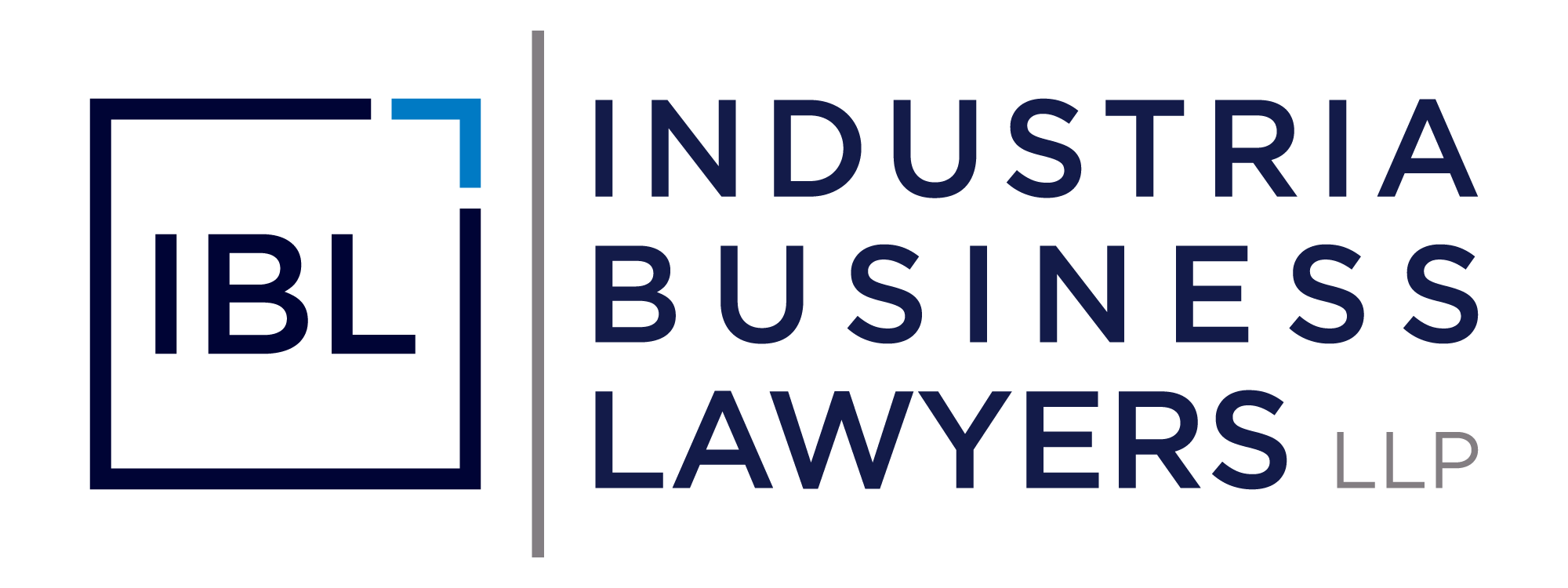Stablecoins are no longer just a crypto experiment—they’re reshaping finance. By combining the stability of fiat money with blockchain’s efficiency, they’re streamlining cross-border payments, fueling DeFi, and attracting major financial players.
As adoption grows, companies like Stripe are integrating stablecoins into mainstream payments, while Wall Street firms like Cantor Fitzgerald are deepening their involvement with stablecoin issuers.1 However, with growth comes scrutiny, as regulations like MiCA in the EU and proposed U.S. stablecoin laws push issuers to adapt.
All in all, stablecoins are entering a defining moment that will determine their role in the future of finance. Will they drive mainstream adoption or become tangled in compliance hurdles?
MiCA and the New Regulatory Regimes
The Markets in Crypto-Assets (MiCA) regulation, effective from 30 December 2024, includes specific rules for stablecoins like Asset-Referenced Tokens (ARTs) and E-money Tokens (EMTs). The full implementation is still in progress, as additional regulatory texts (Level 2 and Level 3) are being finalized, but some key points include:
- Non-compliant Stablecoins: MiCA requires stablecoins to meet standards. By the end of Q1 2025, exchanges must stop offering non-compliant stablecoins.
- Issuer Requirements: Stablecoin issuers must meet transparency liquidity reserve requirements and allow holders to redeem stablecoins at any time, ensuring trust.
- Current Updates: Current debates centre on how MiCA affects stablecoin-based payment systems in relation to other EU laws, such as PSD2.
Issuers must adapt to MiCA and the new regulations or risk losing access to one of the world’s largest crypto markets, pushing some to comply while others face growing restrictions.
Circle (issuer of USD Coin) is the first global stablecoin issuer to achieve MiCA compliance2, securing an Electronic Money Institution (EMI) license from France’s ACPR to issue USDC and EURC in the European Union (EU).
Tether (issuer of USDT) faces ongoing scrutiny over reserve transparency and has yet to obtain a MiCA license. With exchanges like Crypto.com delisting USDT in Europe to comply with MiCA, Tether risks further restrictions unless it fully aligns with MiCA and the new regulations.3
U.S. Stablecoin Regulation: The GENIUS Act and Its Provisions
Stablecoins in the U.S. have long operated in regulatory uncertainty, with U.S. stablecoin laws still evolving. While the EU has MiCA, the U.S. has recently set stablecoin regulation as a near-term goal under Executive Order 14178, issued by the Trump administration.4 The Guiding and Establishing National Innovation for U.S. Stablecoins (GENIUS) Act, introduced in February 2025, seeks to create a federal framework for payment stablecoins.
Key provisions include:
- Permitted issuers: Only approved issuers, including banks and state-approved entities that meet federal standards, can issue stablecoins.
- Reserve requirements: Stablecoins must be fully backed (1:1) by liquid assets like cash or U.S. Treasuries.
- Regulatory oversight: Issuers with over $10 billion in market capitalization require federal approval, while smaller issuers can operate under state regulation—provided it meets federal standards.
- Consumer protections: In case of insolvency, stablecoin holders get priority over other creditors, reducing risks for users.
- Regulatory classification: Payment stablecoins are not classified as securities, keeping them out of SEC jurisdiction and reducing uncertainty.
Stripe’s Stablecoin Integration: A Fintech Giant Embraces Crypto
With Stripe’s stablecoin integration, businesses can now accept USDC payments on Ethereum, Solana, and Polygon. Through this interface, businesses can accept payments in stablecoins, which are subsequently exchanged for fiat money, simplifying cross-border transactions and cutting down on related costs.
Stripe enabled transactions in 70 countries by expanding its stablecoin services in October 2024. Additionally, Stripe has partnered with Remote to enable U.S. companies to pay contractors globally using USDC stablecoin on the Base network, ensuring speed and compliance.
Despite the advantages of Stripe’s stablecoin integration, many fintech firms face significant compliance hurdles when entering the stablecoin space, including:
- Counter-terrorism finance (CTF) and anti-money laundering (AML): To stop illegal transactions, fintech companies must implement anti-money laundering (AML) measures, which can be expensive.
- Diverse international laws: Different nations have different stablecoin regulations, which makes it difficult for fintech companies to comply with a variety of compliance costs and criteria.
- Regulatory scrutiny: As stablecoins grow, fintech firms face increased regulatory attention to ensure consumer protection, fraud prevention, and market stability.
- Counter-terrorism finance (CTF) and anti-money laundering (AML): To stop illegal transactions, fintech companies need to put up expensive monitoring systems.
Cantor Fitzgerald’s Investment in Tether: A Sign of Trust or a Risky Bet?
Cantor Fitzgerald’s reported 5% stake in Tether (worth around $600M) signals growing institutional interest in stablecoins. But does this move strengthen Tether’s credibility, or does it introduce new risks?
On the positive side, Cantor’s involvement could:
- Boost trust – A respected Wall Street firm backing Tether might ease concerns about its reserves and operations.
- Bridge the gap with traditional finance – Institutional interest could accelerate stablecoin adoption in mainstream markets.
- Improve liquidity – More big-money players mean a potentially more stable and liquid market.
However, Tether still hasn’t undergone a full independent audit, which keeps the debate alive. Here’s what’s raising eyebrows:
- Systemic risk – As the most widely used stablecoin5, any instability in USDT could send shockwaves through the entire crypto market.
- Unverified reserves – Without a full audit, no one truly knows what’s backing Tether’s billions in circulation.
- Regulatory scrutiny – Tether has faced multiple investigations over potential legal violations, most notably a 2021 settlement with the New York Attorney General, which found that Tether misrepresented its reserves and was, at times, not fully backed.6
The Road Ahead: What’s Next for Stablecoin Regulation?
The stablecoin market is shifting from rapid growth to regulatory reckoning. MiCA’s rollout in the EU is just the start, with other regions drafting their own laws, including U.S. stablecoin laws, that could reshape the industry. Issuers must now balance compliance with innovation as regulatory pressure increases and institutional interest grows.
The next phase of stablecoins will depend on how well they integrate into the broader financial system. Will they remain a flexible alternative to fiat, or will they become tightly regulated digital dollars controlled by governments and financial giants? The decisions made today will define their future role in global finance.
As regulations evolve, compliance is no longer optional. If you’re in fintech, investing, or issuing stablecoins, staying ahead of these changes isn’t easy. That’s where we come in. Reach out for a consultation, and we’ll be happy to discuss how we might help you with stablecoin-related endeavors and legal concerns.


